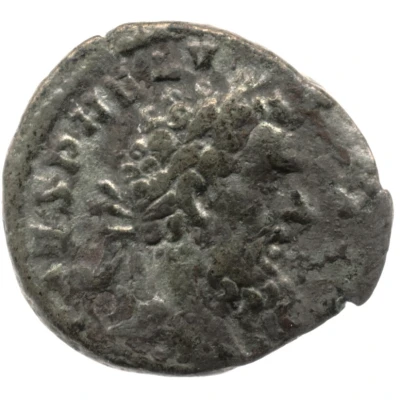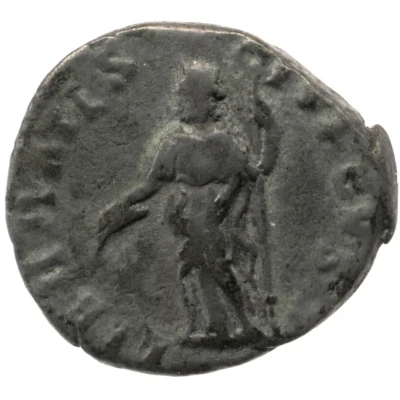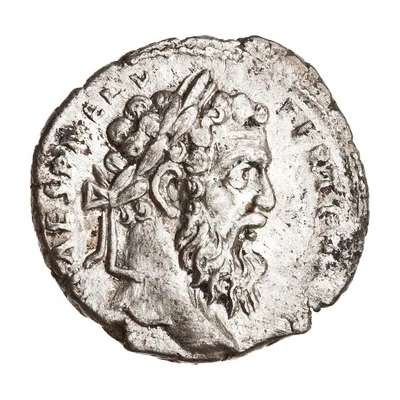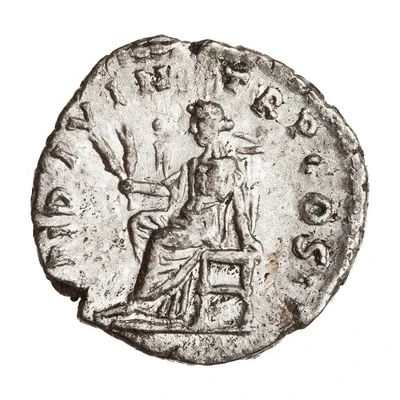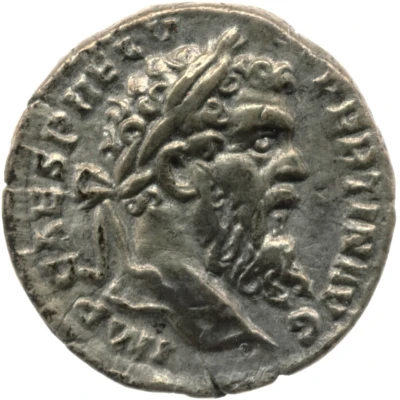
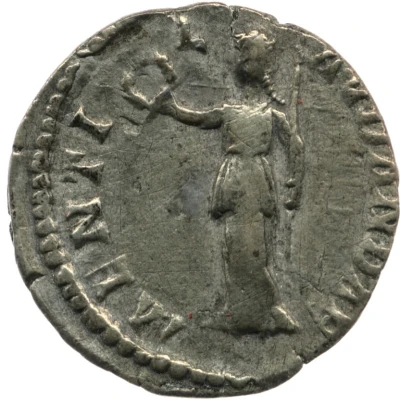

© Trustees of the British Museum
Denarius - Pertinax MENTI LAVDANDAE; Bona Mens
193 year| Silver | 2.6 g | - |
| Issuer | Rome › Roman Empire (27 BC - 395 AD) |
|---|---|
| Emperor | Pertinax (Publius Helvius Pertinax) (193) |
| Type | Standard circulation coin |
| Year | 193 |
| Value | 1 Denarius |
| Currency | Denarius, Reform of Augustus (27 BC – AD 215) |
| Composition | Silver |
| Weight | 2.6 g |
| Shape | Round (irregular) |
| Technique | Hammered |
| Demonetized | Yes |
| Updated | 2024-10-05 |
| Numista | N#267832 |
|---|---|
| Rarity index | 100% |
Reverse
Unidentified female deity (Bona Mens?), draped, standing left, holding wreath in right hand and sceptre in left hand.
Script: Latin
Lettering: MENTI LAVDANDAE
Translation:
Menti Laudande.
Praiseworthy good sense.
Comment
Example of this type:Trustees of the British Museum
Source:
Online Coins of the Roman Empire (OCRE)
Interesting fact
One interesting fact about the Denarius - Pertinax coin is that it features a rare and unique design element. The obverse side of the coin depicts an image of the Roman goddess of wisdom, Minerva, wearing a crested helmet and holding a spear and a shield. This design was not commonly used on Roman coins during this time period, making it a distinctive feature of this particular coin. Additionally, the coin's reverse side features the inscription "MENTI LAVDANDAE," which translates to "for the praise of the mind," suggesting that the coin was minted to commemorate a significant event or achievement related to knowledge or intelligence. Overall, the Denarius - Pertinax coin is a fascinating piece of history that offers a glimpse into the cultural and political landscape of ancient Rome during the 3rd century AD.
